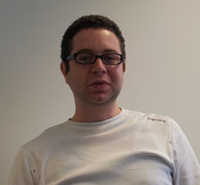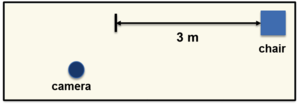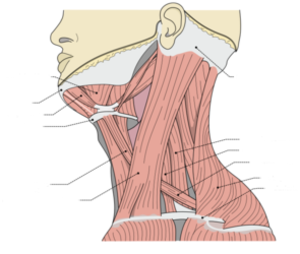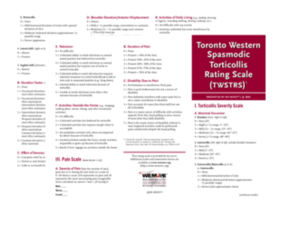
Dipl.-Phys. Samuel Reinfelder
Alumnus of the Pattern Recognition Lab of the Friedrich-Alexander-Universität Erlangen-Nürnberg
-
Analysis of clinical disorders using telemedical applications is a current hot topic in computer science and biomedical engineering. Our team of biomedical researchers at the Faculty of Engineering and nutrition experts at the Faculty of Medicine are working in a joint project.
Our goal is to develop a novel telemedical monitoring concept for patients with nutritional disorder to allow an individualized, quantitative, and qualitative assessment of the disorder. In a first step, we are developing a smartphone application that helps treating physicians to better interface with patients, and that at the same time collects data about the ambulatory nutrition status of the patients. The developed Android app will be connected to additional sensors for activity recognition and assessment of the physical activity.
In a parallel approach, we are investigating individualized intervention concepts that build on this telemedical application based on a Joomla web server.
This work is funded through a research grant and is co-supervised by Prof. Dr. Bjoern Eskofier (Faculty of Engineering) and Prof. Dr. med. Yurdagül Zopf (Faculty of Medicine).
-
Articles in Conference ProceedingsWearable Static Posturography Solution Using a Novel Pressure Sensor SoleEngineering in Medicine and Biology Society (EMBC), 2014 36th Annual International Conference of the IEEE (36th Annual International Conference of the IEEE EMBS), Chicago, Illinois, USA, August 26-30, 2014, pp. 2973-2976, 2014 (BiBTeX, Who cited this?)
-
The Timed Up and Go (TUG) mobility test is a widely used performance assessment in the treatment of elderly and patients with movement disorders. It rates the functional ability to walk and is an important tool for assessing balance deficits, risk of falling and disease stages of movement disorders e.g. Parkinson's disease.
The TUG test is performed in the following manner: The patient starts sitting on a chair, stands up, walks 3 m, walks back to the chair and sits down again. Although complex movements like standing up, turning or sitting down are required for the TUG test, the only parameter taken is the required time for the procedure.
The aim of this project is to automatically segment the test in several subphases. Features describing these parts are used to classify the patient more precisely which may lead to a better understanding of differences or agreement of the course of motion between the patients. The timings of the subphases can also be used for extracting medical relevant information like turning strides or freezing events.
A trial study of 16 Parkinson's disease patients was conducted, resulting in an overall sensitivity of 82% over all phases. This work is continued with further pattern recognition methods as well as applications in the analysis of previously, unlabeled TUG tests.
This work is funded by the Emerging Fields Initiative (EFI), Friedrich-Alexander University Erlangen-Nürnberg. It is part of the EFIMoves project.Articles in Conference ProceedingsTimed Up-and-Go phase segmentation in Parkinson's disease patients using unobtrusive inertial sensorsConference Proceedings (37th Annual International Conference of the IEEE Engineering in Medicine and Biology Society), Milan, Italy, 25.08.2015, pp. 5171-5174, 2015 (BiBTeX, Who cited this?)
-
Spasmodic Torticollis (Cervical Dystonia) is a neurological movement disorder causing the neck to involuntarily turn left, right, upwards, and/or downward. The most common rating scale is the Toronto Western Spasmodic Torticollis Rating Scale (TWSTRS) which is based on a questionnaire and on visual assessment by a physician. The rating is subjective and only covers static movement parameters.
Parameters based on motion capture data are obejctively calculated and can cover dynamic movements. The aim of this project is to preprocess the data and to extract meaningful parameters out of motion capture data.


 +49 9131 85 27830
+49 9131 85 27830
 +49 9131 85 27270
+49 9131 85 27270

